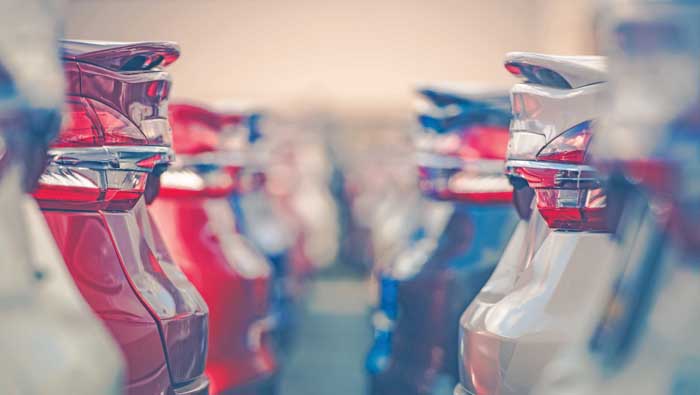
Muscat: The rise in car sales in Oman this year—a 4.6 per cent year-on-year increase in private car registrations—has sparked hopes of a market recovery in 2019.
Data from the National Centre for Statistics and Information (NCSI) showed that the number of registered private cars at the end of December 2018 stood at 1,157,440, up from the 1,153,901 recorded in November the same year. The year-on-year increase, from December 2017 to December 2018, was 4.6 per cent.
The registration of dark blue and beige coloured vehicles has increased, according to the NCSI. While the registration of beige cars rose 16.7 per cent from December 2017-2018, dark blue vehicles recorded a 900 per cent year-on-year rise.
The registration of white and red vehicles, however, dropped by 38.8 per cent and 27 per cent, respectively, the data showed.
“Yes, after a long time, the market is finally picking up,” said a car dealer.
Though many are opting for first-hand cars, there are others who are choosing to buy second hand cars, or bringing in their vehicles from other neighbouring countries when they relocate to Oman. Data showed that a majority of newly registered cars were lightweight vehicles.
Of the 4,838 accounted for in December 2018, 4,368 weighed less than three tonnes, according to the NCSI. Ramanuj Venkatesh, a financial analyst with experience in Oman and the UAE, said the reason people chose lightweight vehicles was because of the efficiency in terms of cost and fuel.
“Given the current economic situation across the world, it makes sense that people are buying lightweight cars that are more fuel efficient and cost effective, because the amount of disposable income they have is not very high,” he told the Times of Oman.
“This is why people are opting for cheaper cars, especially those with a high resale value; so they are looking at cars which are popular in the GCC, and that is why certain brands are popular even now, although they were launched a few years ago.”
Venkatesh added, “People today want cars that will last for a long time, are fuel efficient, don’t cause much pollution and are low maintenance. The leading brands in the region are good because they have all of these qualities. Because people want more immediate driving solutions, they rent cars, as they are unsure of their long-term future, but it is important and necessary for them to drive.”
Fuad Ali Al Farsi, a senior manager at a reputed brand, however, said that the spike in registrations is most likely due to used car sales. “By used cars I mean cars that are used but in a new condition. They have been coming through Sohar and other sections for quite some time.”
“People prefer them for a number of reasons. One of course is the price; they find them a lot cheaper than brand new vehicles. Secondly, they can get the model that they want. They also don’t need to pay in instalments, they just use cash,” he said.
A manager at a leading automotive brand in Oman told Times of Oman, “In my opinion, many of these new registrations are for used cars and vehicles brought across the border or purchased here in Oman and being registered for the first time.”
Road safety expert Ali Al Barwani stated, “From a road safety perspective, an increase in private car registrations means more cars will be on the roads, which could mean there will be a greater likelihood for accidents. More cars and more new drivers means we must continue the great work we have been doing. The great road safety achievements of Oman are thanks to many great contributors, including the Royal Oman Police, volunteers, and supporting awareness campaigns. To reach the next level and continue improving, we have to double our efforts.”
In total, there are 1,492,353 registered vehicles on Oman’s roads, up from 1,427,043 vehicles the previous year. Of them, while private vehicles have shown a significant increase, there was also an increase in the number of commercial vehicles (245,002, up from 40,749), diplomatic vehicles (816, up from 806), tractors (1,263, up from 1,236), driving school vehicles (5,436, up from 5,156) and temporary vehicles (3,627, up from 3,588). In addition, the number of taxis showed a decrease (35,585, down from 36,290), as did the number of motorbikes (6,703, down from 6,854) and the number of government vehicles (13,118, down from 13,336).